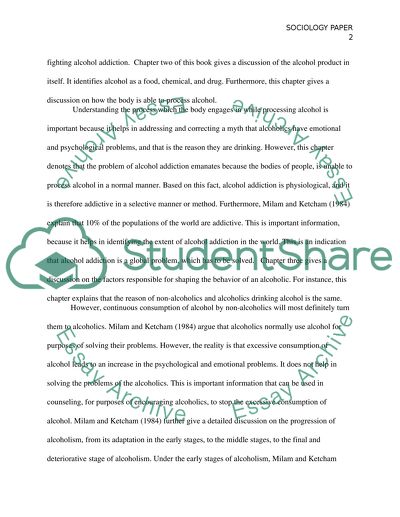Cite this document
(“(1)Under the Influence (2) Breaking the Chains of Cocaine Essay”, n.d.)
Retrieved de https://studentshare.org/sociology/1673888-1under-the-influence-2-breaking-the-chains-of-cocaine
Retrieved de https://studentshare.org/sociology/1673888-1under-the-influence-2-breaking-the-chains-of-cocaine
((1)Under the Influence (2) Breaking the Chains of Cocaine Essay)
https://studentshare.org/sociology/1673888-1under-the-influence-2-breaking-the-chains-of-cocaine.
https://studentshare.org/sociology/1673888-1under-the-influence-2-breaking-the-chains-of-cocaine.
“(1)Under the Influence (2) Breaking the Chains of Cocaine Essay”, n.d. https://studentshare.org/sociology/1673888-1under-the-influence-2-breaking-the-chains-of-cocaine.


